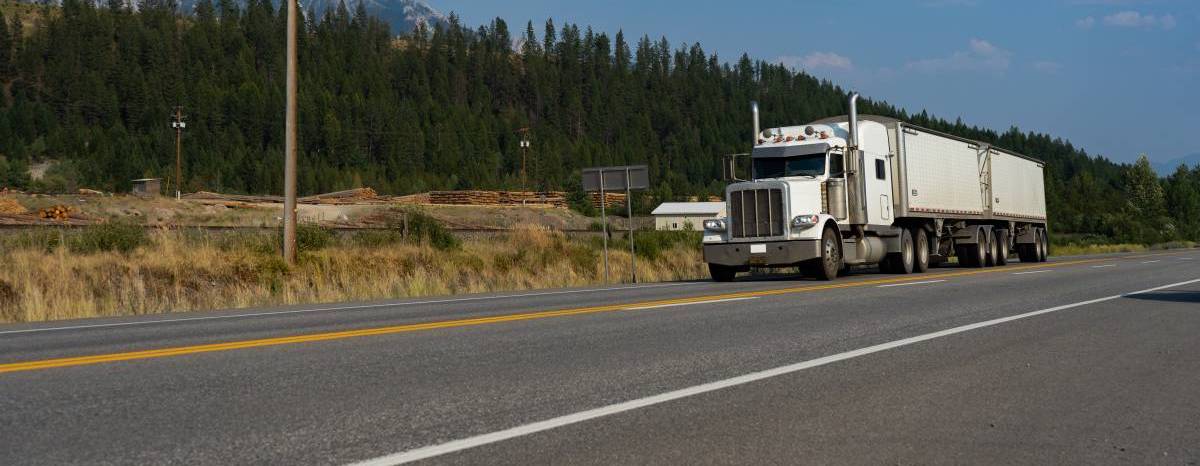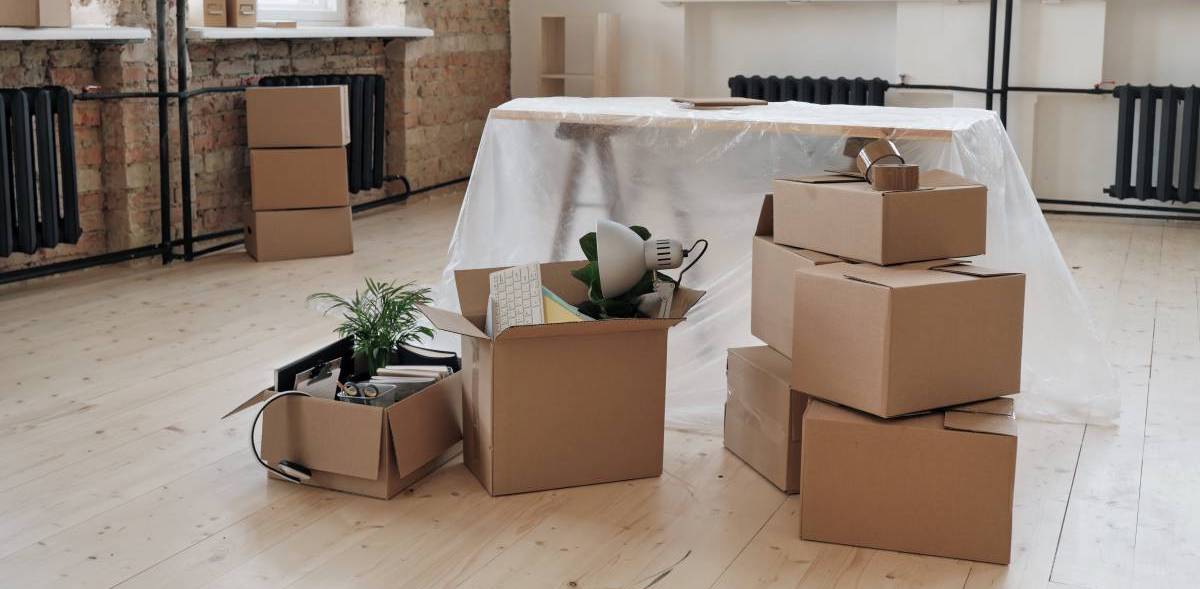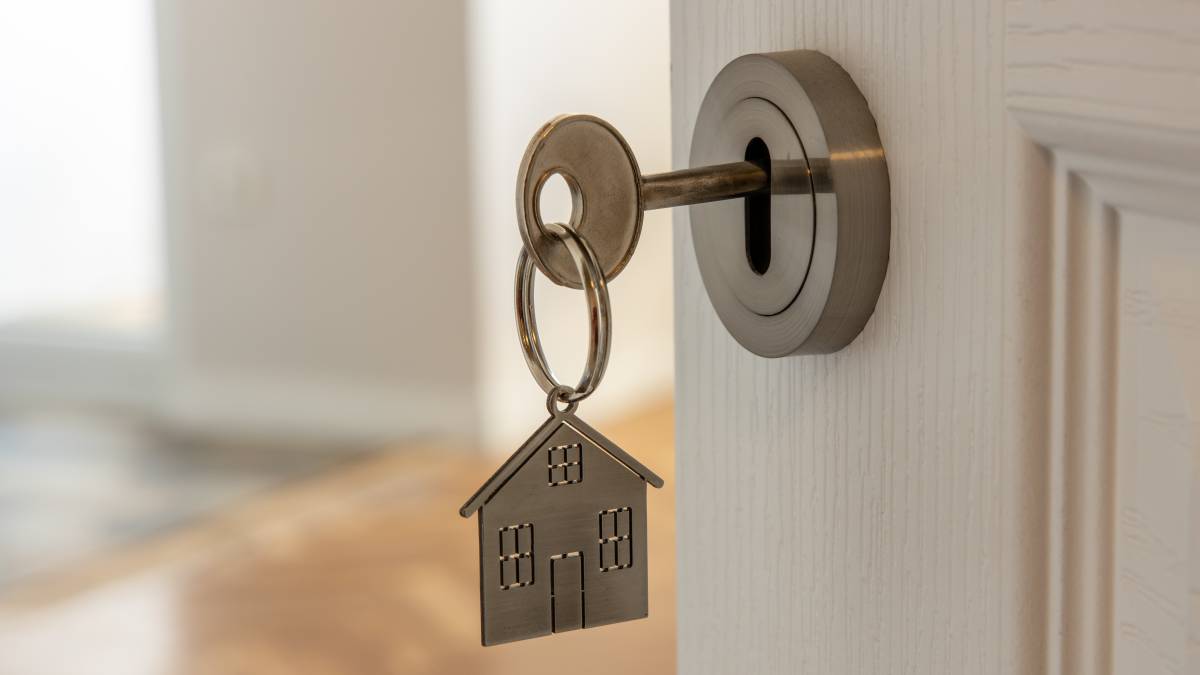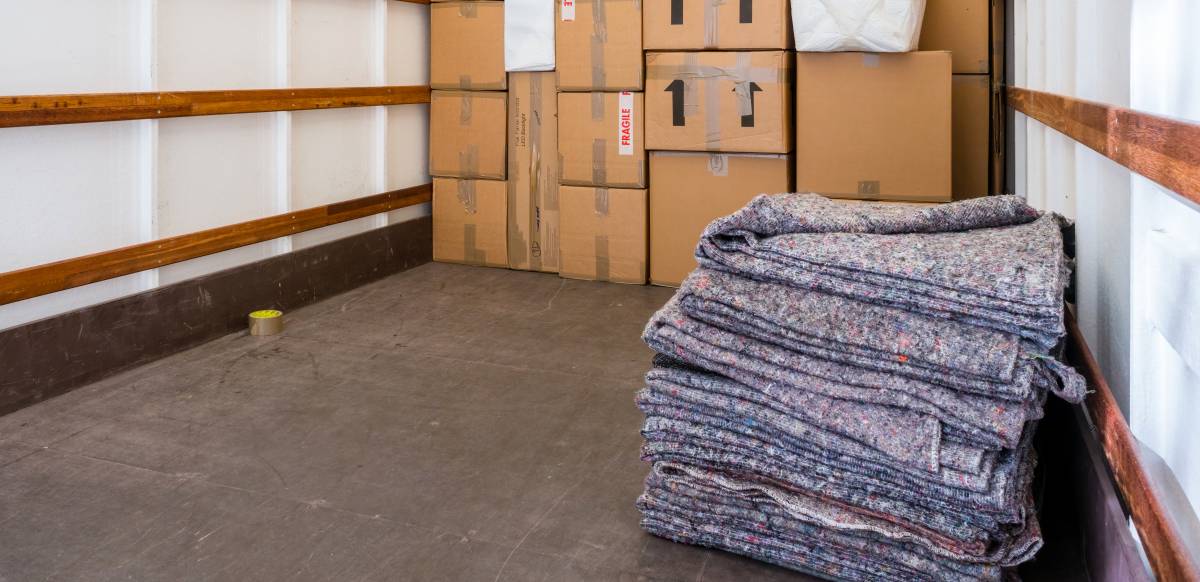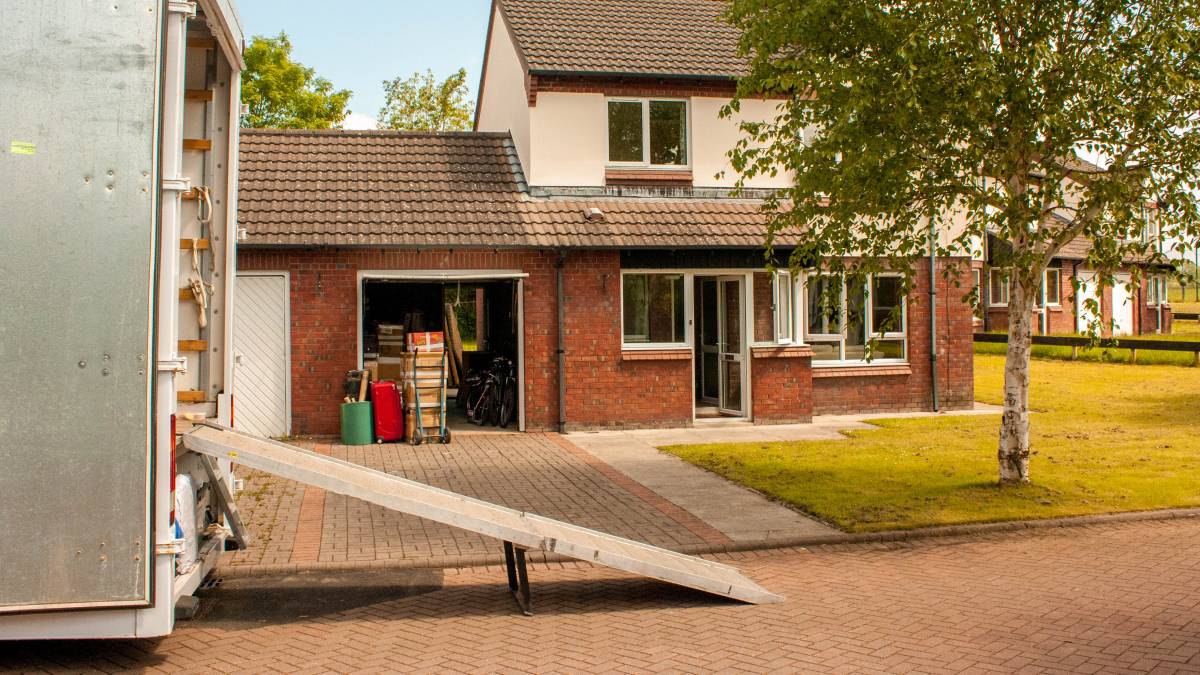
How much do house removals cost in the UK?
Post to find a price. It's free and only takes a minute.
Price per bedroom
£426 - £3,000
low
£426
median
£1,713
high
£3,000
Last Updated on

Written by Cielo B.
Staff Writer
Read more about our contributor
Key Facts
Average house removal cost in the UK ranges from £426 to £3,000 per bedroom, depending on property size, location, and services included.
Item volume, home access, and timing (weekends or peak summer) can significantly increase the final removal cost.
Weekend and peak-season moves (July to August) cost more, so book on Tuesdays or mid-month in January to access cheaper rates and better availability.
Most homeowners underestimate the real costs of moving, but it’s one of life’s biggest expenses. Prices vary widely depending on location, distance, and even timing, so it can be confusing to budget for a move.
This guide breaks down the typical house removal costs in the UK to help you have a smooth move without breaking the bank.
What are the average house removal costs in the UK?
In the UK, the average house removal costs between £426 and £3,000 per bedroom. However, prices can still change, depending on various factors such as the size of your property, the volume of items, the distance of the move, and whether additional services are required.
Here is a breakdown of the average cost of home removals in some cities in the UK:
| City | Average Cost of House Removals (per bedroom) |
|---|---|
£600 — £3,000 |
|
£444 — £2,220 |
|
£474 — £2,370 |
|
£450 — £2,250 |
|
Liverpool |
£438 — £2,190 |
£480 — £2,400 |
|
£504 — £2,520 |
|
Nottingham |
£426 — £2,130 |
£426 — £2,130 |
What factors affect the costs of house removals?
 Airtasker mover handling relocation tasks inside a residential space
Airtasker mover handling relocation tasks inside a residential space
Budgeting is one of the most stressful parts of moving out. Prices can fluctuate, so it helps to know the various things affecting house removal prices. Read on so you can plan your big move with confidence.
Distance of the move
The longer the distance, the higher the cost. Movers spend more hours on the road, so labour charges are increasing. You’ll also have to consider the extra fuel costs, especially if you plan a long-distance move.
Local moves
Local moves or moving out within the same city are the most affordable option, with house removal costs starting from £300 for a studio or 1-bedroom apartment. Meanwhile, the average removal costs for a 3-bed house in the UK can range from £800 to £1,200.
Small and medium-sized vans that can hold up to 400 to 500 cubic feet (cu. ft.) are often used for local moves. As for the fuel costs, most removal firms don’t charge them separately; they’re often included in the total quote.
Note that prices can increase depending on your home’s accessibility. For instance, renewal companies may charge extra for the extra time and labour if you live in an apartment with stairs or no lifts. The same goes for those living in townhouses or terrace homes with limited parking and access.
Long-distance moves (nationwide)
Distance is the most significant cost driver for moves nationwide. However, other factors such as the volume of the items, toll fees, accommodation, and meal allowances for drivers and movers can further increase the total cost for house removals. For this reason, long-distance removal costs start at £1,500 for a 2-bedroom house, while a large 5-bedroom house can cost more than £5,000.
Like regional moves, fuel costs are charged separately for long-distance moves because the cost is too high to be bundled into a flat rate. You’ll also need large moving vans and 7.5-tonne trucks, so prices are higher.
Here’s a comparison table showcasing the typical house removal costs in the UK for different move types:
| Move Type |
Distance Range |
Van Size |
Fuel Costs |
Estimated Cost |
Example |
|---|---|---|---|---|---|
Local Move |
Up to 10–15 miles |
Small/Medium |
Included in flat rates |
£300 — £1,200 |
Moving a 1-bedroom flat within London (e.g. Hackney to Clapham) |
Long-distance Move |
50–400+ miles |
Large Lutan vans and 7.5-tonne trucks |
Fluctuating (Charged separately) |
£1,500 — £5,000+ |
Moving a 4-bedroom house from Manchester to Edinburgh |
Number of movers needed
Although most removal companies offer two men and a van as the standard package for a studio or one-bedroom flat, you may want to request additional manpower for a faster and more efficient move. This could be helpful when moving large, fragile items like a piano or pool table.
Now, how much would an additional mover cost? It depends on your property type. For instance, a 3-bedroom house requires more than two movers and a large van, which can cost £820 to £1,000.
Type and volume of items
Removal company costs also depend on the weight of your items. Of course, the heavier the items, the higher the average cost of house removals because more people and larger trucks are needed for a safe and efficient move. So, if your family needs to move multiple appliances, expect the prices to increase. The same goes for moving mattresses since they’re bulky and require heavy lifting.
Remember that moving pets and plants can also increase the cost. These fall under moving specialised items, and the fees may vary by type and size of the animal or plant.
Access and logistics
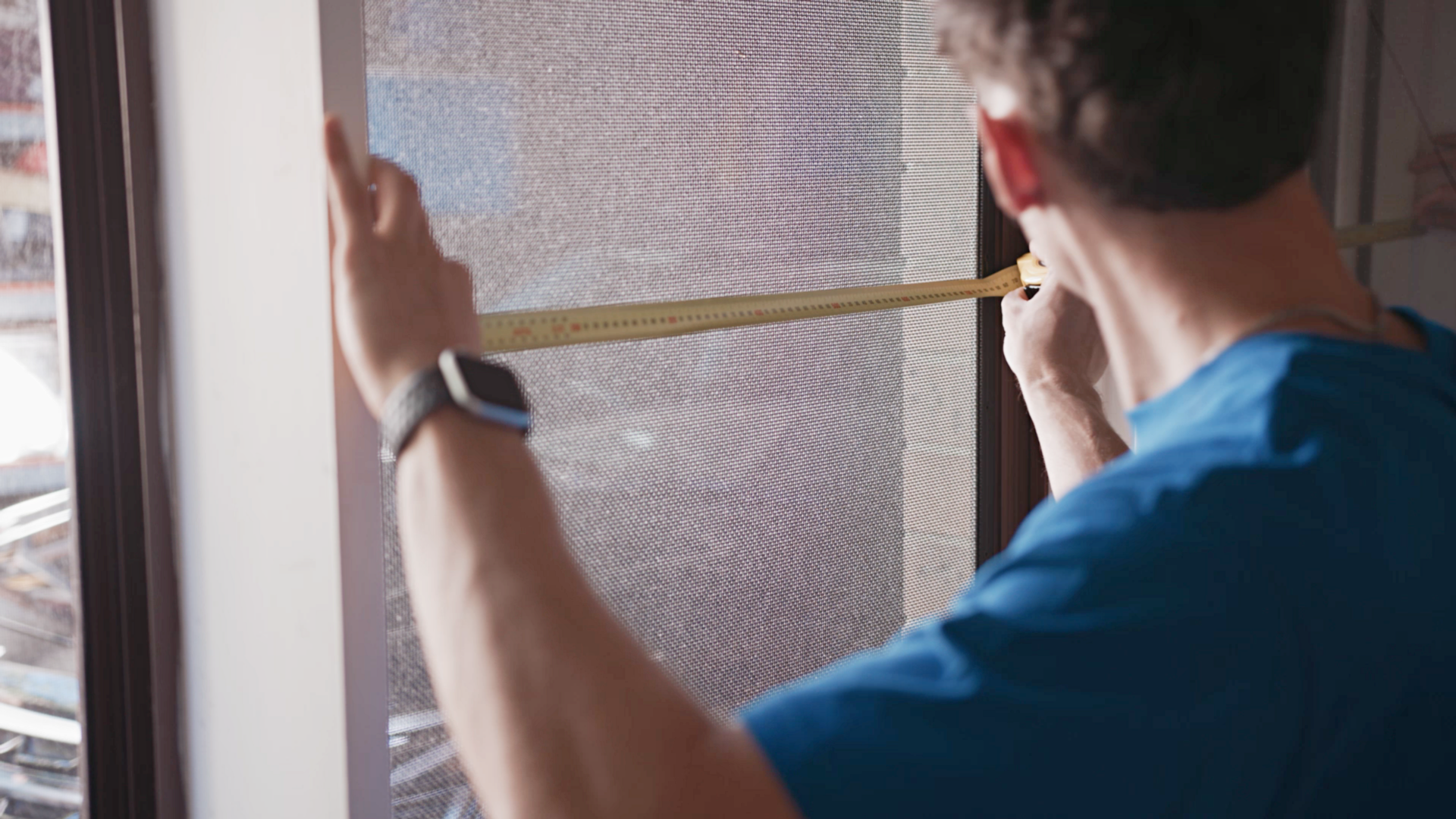 Mover in Airtasker uniform taking measurements during a job
Mover in Airtasker uniform taking measurements during a job
As mentioned earlier, homes with limited access can drive up the cost. Moving items is difficult if your property has no elevator, and it may require more labour and specialised equipment.
Meanwhile, if you move to a house with limited parking, expect higher moving costs because trucks can’t park nearby. The drop-off location will be far, so you’ll be charged a ‘long carry’ fee, as they’ll need to walk farther to load and unload the items. The same applies if your property is on a long, narrow street.
Timing of the move
Moving on a weekend is the most expensive because most people would prefer to schedule their move during this time to avoid missing work or school. Increased rates also may apply during the peak moving season in summer, from July to August. Aside from school holidays, many are selling their properties around spring, so more people are moving in when the summer comes, leading to higher demand for house removals.
End-of-month dates, too, are considered peak season because most tenants’ lease agreements end during this time. To save costs, you need to plan well and book a moving schedule mid-month.
Below is a table illustrating the price increase during peak seasons and whether there are discounts and promos available.
Insurance and liability
Hiring professional movers gives us peace of mind, not just because of their expertise but also because all the extra equipment provided ensures our belongings are safe while on the move.
Plus, the Consumer Rights Act 2015 guarantees that services like these must be provided with due care and skill within a reasonable time. So, if your items are damaged due to their negligence, you may claim compensation even without insurance.
House removal insurance
Most professional removal companies include some form of insurance, but the standard cover is usually limited. Typically, you’ll be covered only while your belongings are inside the moving vehicle under the goods in transit policy. And even then, the maximum amount they’ll pay you for any item is low. For instance, you’ll only get £40 per item under basic liability, or some policies, under £1,000.
Movers also carry public liability insurance, which protects them if they accidentally damage your home (like scratching a wall or floor) or injure someone while working. However, this does not cover your belongings if they are lost, stolen, or broken.
Because of these limits, it’s wise to arrange additional coverage, either through the removal company or through your own home contents insurer, to make your belongings fully protected.
Here are some of the insurance policies you can choose for your move:
Basic
Basic insurance is the most affordable but has limited coverage. Even though the mover is liable for an item that is lost or damaged during transit, the compensation is based on a fixed cap set by the house removal company (for example, as little as £40 per item under standard limited liability, or up to £1,000 per item under some goods-in-transit policies), and not its actual value.
If the replacement value is higher than your payout, which is the amount that the insurer or mover agrees to pay you if an item is lost, you’ll still have to cover the remaining cost.
Full value protection
Availing full-value protection is the most expensive option because it’s based on the declared full replacement value of your belongings. The insurance covers the repair, replacement, or cash reimbursement if your items are damaged, lost, or stolen.
Plus, this coverage applies in the whole process of moving, whether during transit, loading or unloading the items, and even when the items are in temporary storage. So, you won’t stress if there’s an accident, theft or some natural disasters like flood or fire that might occur.
However, bear in mind that although the removal company or insurer is fully responsible for your belongings, you’ll still have to pay the excess or the contribution you must share to make an insurance claim.
When it comes to insurance, an excess exists so that customers won’t claim for every tiny damage. They’ll only claim it if the damage is serious enough. It also makes insurance premiums (the amount you’ll pay upfront to keep the insurance active) lower and affordable.
Declared value protection
Declared value protection is based on the total value of your belongings, or the ‘lump sum’. It’s more affordable than full value protection insurance and has the same coverage, but be careful with the declared lump sum. Otherwise, you’ll receive a lower payout than the actual value of your items combined.
Third-party insurance
Third-party insurance is an insurance claim you’ll purchase separately through an insurance company or broker, not the removal company. This is a good option if you need extra protection for fragile or high-value items because it offers flexible coverage. You can choose whether to avail of an insurance claim that covers transit, loading or unloading, temporary storage, or even international shipping.
Check out this table to compare each insurance claim and determine which one’s the best for you:
| Insurance Type |
Coverage |
Removal Company’s Liability |
Customer’s Liability |
Notes |
|---|---|---|---|---|
Basic Coverage (Included) |
Covers damage/loss caused by the mover, but capped at a fixed amount per item. |
5–15% of actual item value |
85–95% of replacement cost |
Limited coverage; excludes self-packed items |
Full Value Protection |
Covers repair, replacement, or reimbursement up to the declared replacement value of all belongings. |
100% of declared value |
0% (except paying the claim excess) |
Most expensive, but strongest protection. |
Declared Value Protection |
Based on total lump-sum value declared by customer |
50–80% (depends on how accurately you declare value and item limits). |
20–50% (risk of under-declaring or items exceeding per-item caps) |
Cost-effective for high-value items |
Third-Party Insurance |
Depends on the policy — can cover transit, loading/unloading, storage, or overseas moves. |
100% for declared items within the policy. |
0% if declared properly; full cost if exclusions apply |
Purchased separately; ideal for long-distance moves |
No Insurance |
No coverage provided |
0% |
100% |
Highest risk; customer assumes full responsibility |
Additional services
Moving involves more than transporting goods from one place to another. You’ll also have to consider packing and unpacking costs, as well as those of furniture removals. Some removal companies offer these services as add-ons at an extra cost, so remember to ask about them when gathering quotes from various service providers.
Storage could also be a problem during the move, especially if unexpected delays happen. Whether it’s short-term or long-term storage, take this into account when budgeting for a move.
What are some ways to save on house removals?
Moving can cost a fortune, but you can save money with these tips and tricks:
Declutter before the move
Settling into another home or office is the best time to declutter. Get rid of all the things that are no longer needed and book rubbish removal services to reduce the number of items to move and transport.
Since the volume and weight of items affect the total cost of hiring movers, fewer belongings result in a lower quote. Plus, it means less packaging, helping you lower costs easily.
Major decluttering also helps you identify the things that shouldn’t be included in the move. Aside from dangerous goods, removal companies often don’t allow moving some items, like cleaning supplies, perishable items, and other high-value objects. You may need to arrange different transportation for these goods.
Pack smartly
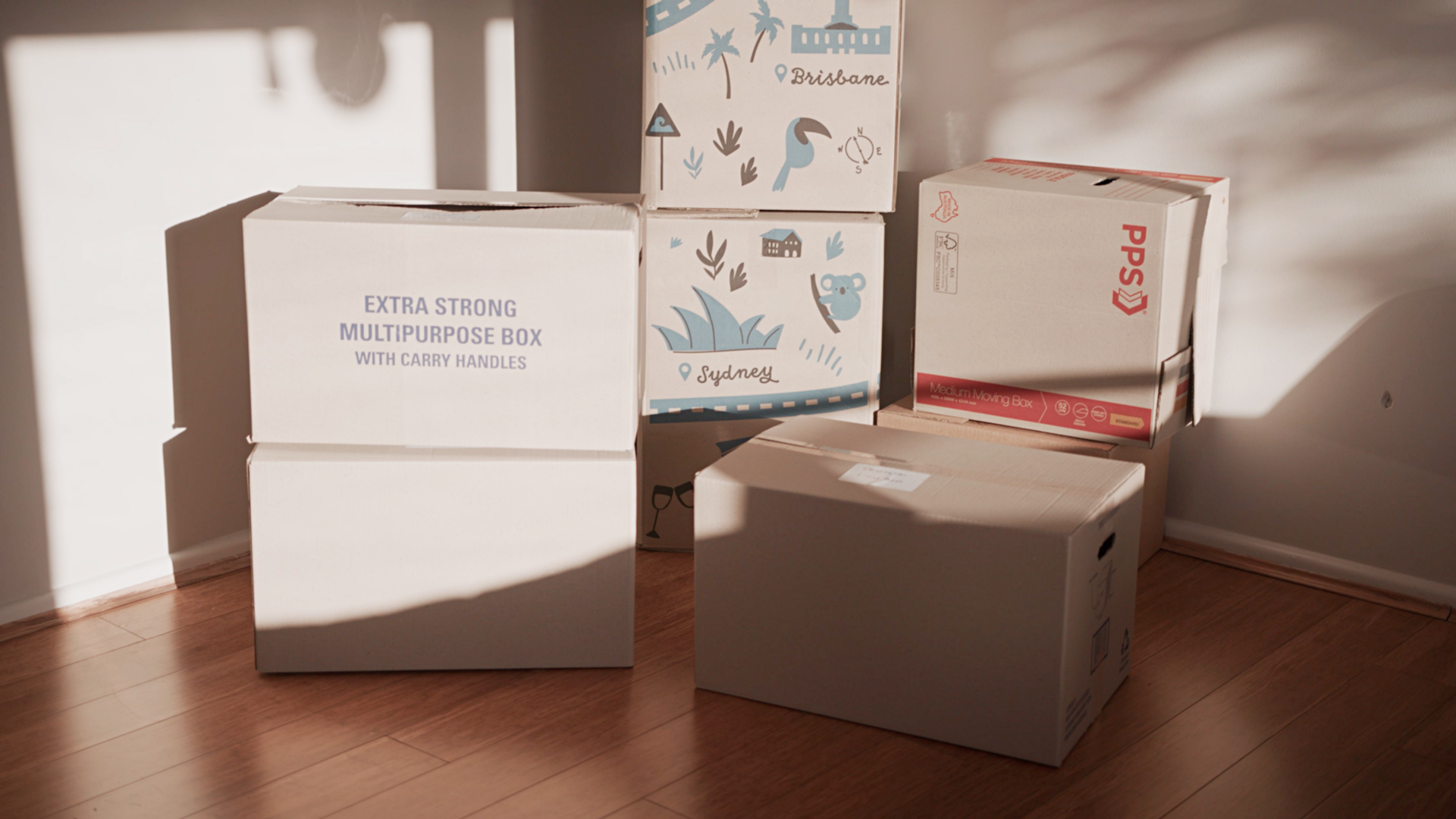 Group of labeled moving boxes stacked in a sunlit corner of a room
Group of labeled moving boxes stacked in a sunlit corner of a room
Although movers can do the packing, it is an additional service that can further increase costs, so consider doing it yourself. To save money on packing supplies, you could use towels or blankets instead of purely polystyrene and bubble wrap to pack fragile items.
Additionally, pack strategically by nesting items inside one another. Consider utilising the space within furniture drawers to fit more into fewer boxes. This reduces the items movers must manage.
Here’s a tip: Let the children help move and pack. The tedious work can be made more fun with the little ones helping move things around (and it’s a chance for bonding time!).
Aim for off-peak seasons
Plan and book during off-peak seasons (around January) to reduce costs. Although booking during summer and holidays is convenient, house removal costs are much higher during these times.
Aim for weekdays, specifically Tuesdays and Wednesdays. They’re the cheapest times with removal companies offering competitive prices to attract more customers to book.
What should you look for in a mover?
Finding the right mover takes time and effort. In addition to checking their background and experience and reading previous customer reviews, here are some of the most important things to look for:
Check BAR membership
Go to the British Association of Removers (BAR) website and check if the removal company is a member. The BAR serves as the professional trade association for the removals and storage industry in the UK, and it regulates the conduct and standards of all members. So, if they’re a member, they’re most likely trustworthy and reliable movers.
Fair and detailed quotes
Whether it’s a local or long-distance move, request a detailed and accurate cost estimate. Ask if it’s the final price and what happens if the removal company underestimates the volume of items, as you could be charged additional fees.
Specialised equipment and expertise
As a customer, you want your belongings handled with extra care and effort, so find an expert who can provide you with the right equipment and tools, such as dollies, furniture pads, or moving blankets. It would be great if they could also help you with the disassembly and reassembly since this is another time-consuming part of the move.
Seamless communication
Relocation often takes days, even with local moves. This is why it’s essential to look for movers with dedicated online platforms where you can easily track the progress. Their platform should at least have shipment tracking, customisable moving timelines, and interactive checklists to make things more streamlined and organised. Plus, having access to these tools gives you peace of mind during a move.
Make relocation easier with Airtasker
Moving doesn’t have to be a monumental task. The stress of packing, coordinating, and executing a move can be overwhelming, often turning what should be an exciting new chapter into a logistical nightmare.
At Airtasker, connecting with reliable and verified movers is easy. Simply post a moving task, receive offers from qualified pros, and choose a Tasker who best fits your needs and budget.
Find the help you need to settle in your new home with Airtasker.
Learn more about our contributors

Written by Cielo B.
Staff Writer
Cielo is an experienced content writer who has explored various industries throughout her career. Her expertise, founded on a degree in journalism, includes writing about automotive and home maintenance. Cielo also covers topics like dressmaking, tailoring, and photography since she is a passionate cosplayer who enjoys dressing up as her beloved anime characters.
FAQs on house removal costs
Yes, any delays or extra waiting time can incur additional costs because most house removals charge based on the time taken for the move. So, if there are access issues, unexpected disruptions, and long traffic, expect the total bill to increase
Yes, multi-stop moves are costlier because they typically take more time, increasing labour costs. Plus, they may need extra logistics work.
Toll fees aren’t always included, as most removal companies usually charge them as extra fees for navigating toll roads. You may want to clarify this with your chosen provider to avoid unexpected costs.
If the house removal is job-related, it can be tax-deductible in the UK. Expenses of up to £8,000 per move usually qualify. This covers costs such as real estate transactions, relocating possessions, travelling, and buying new household items if necessary.
However, the relocation needs to be closer to the new job, and the new residence should be within a reasonable distance, unlike the old one.
Find removals experts, fast
Post a task
Related price guides

How much does it cost to move house?
Read more

How much do packers cost?
Read more

How much does piano moving cost?
Read more
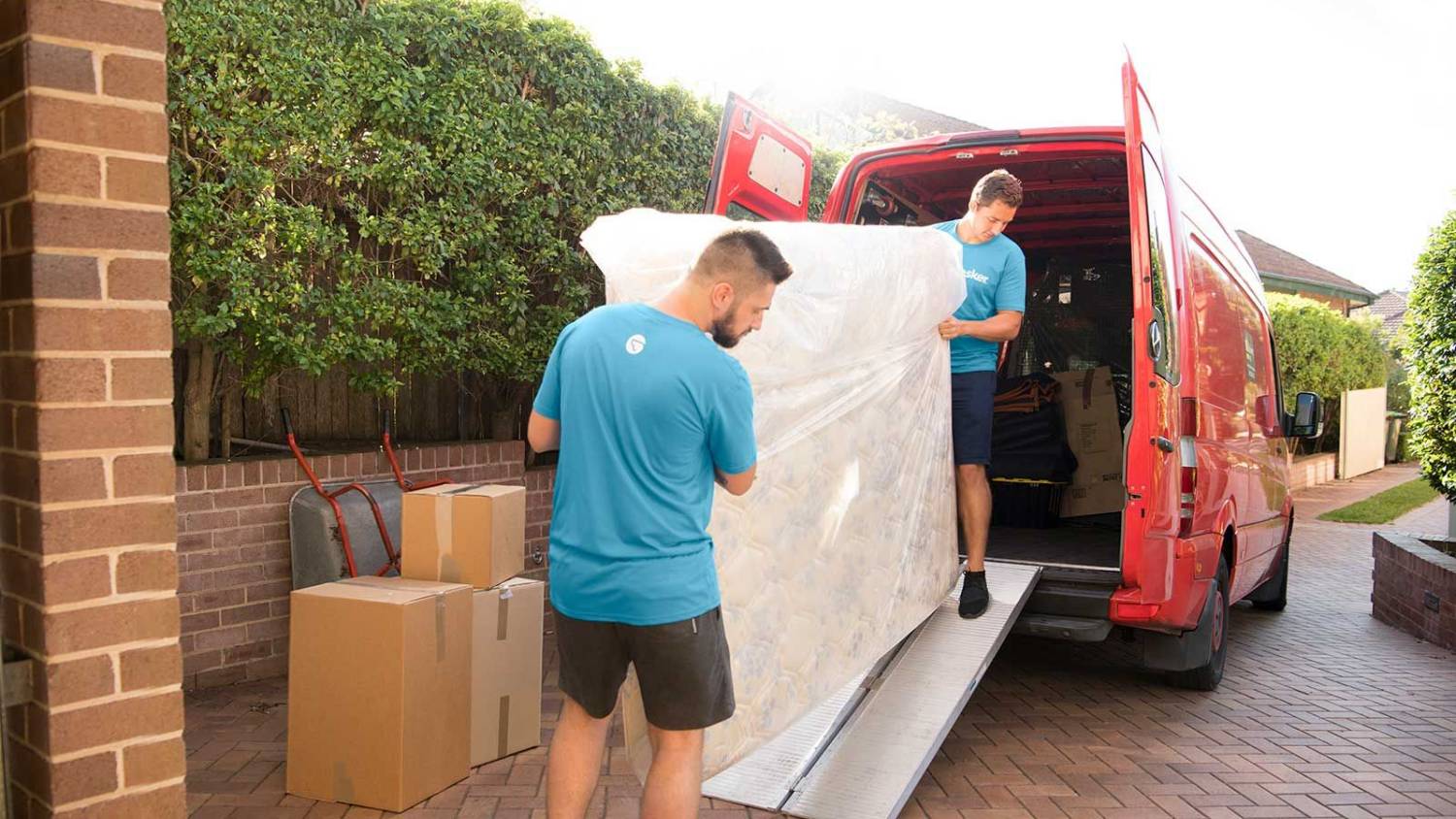
How much does it cost to move house?
Read more
Related articles

Tips for moving house with kids
Read more

A guide to becoming a removalist
Read more

How to move a pinball machine
Read more
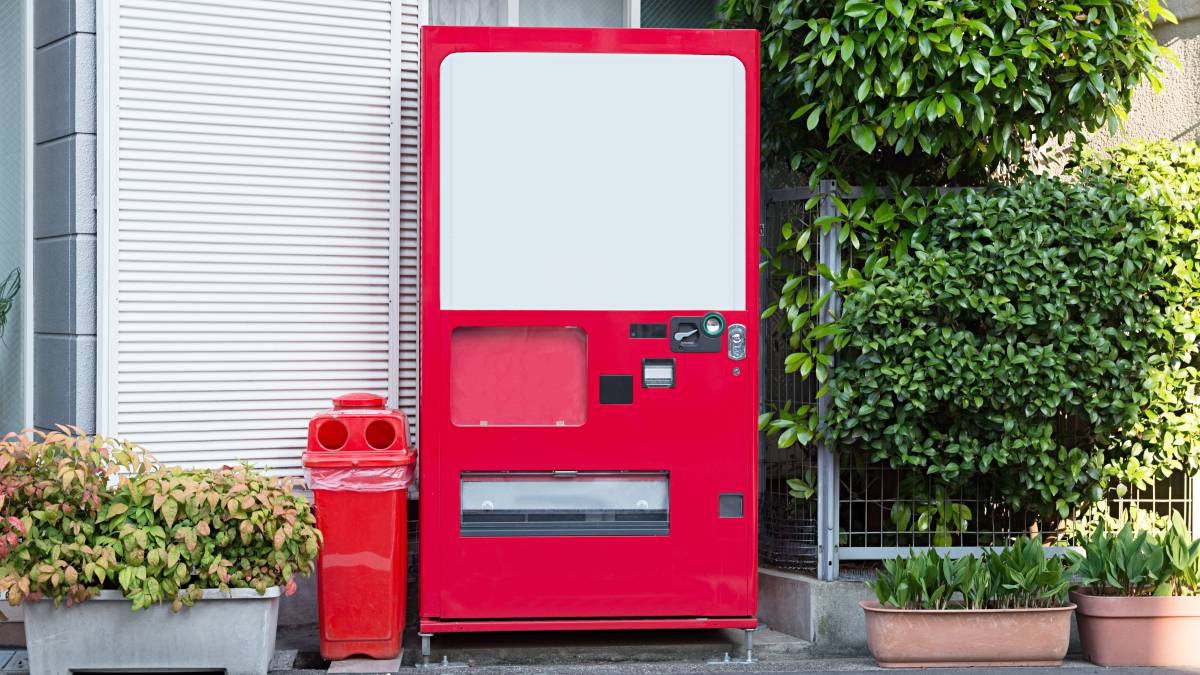
How to move a vending machine
Read more

How to pack artwork for moving
Read more
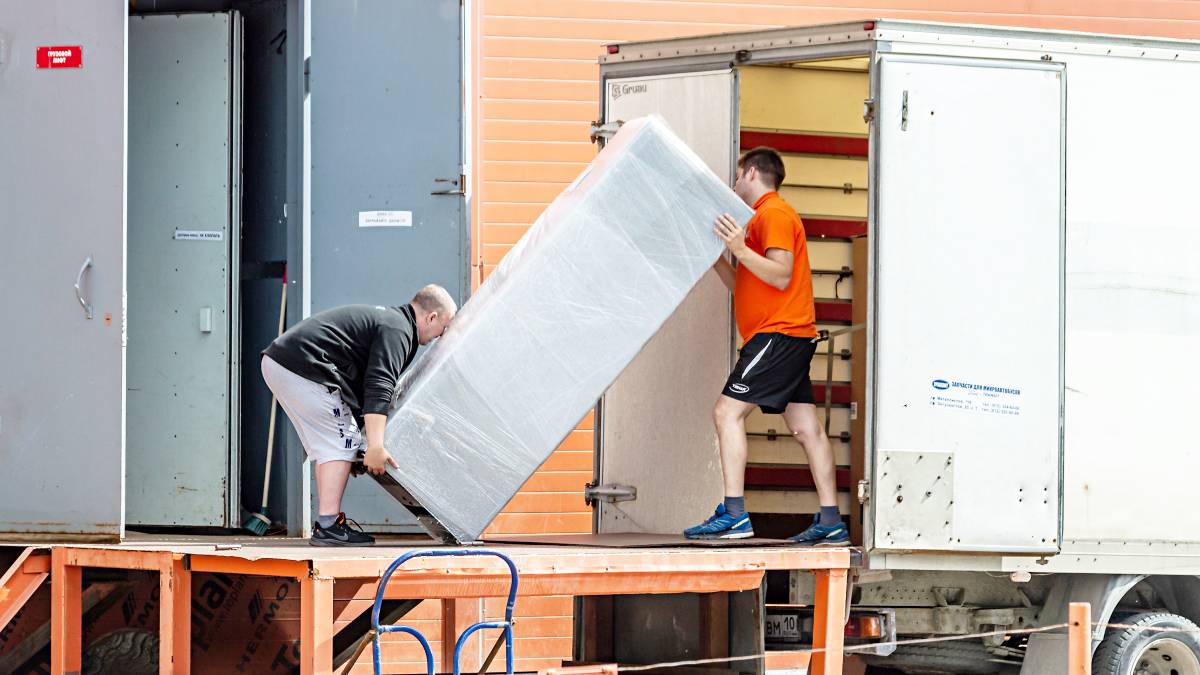
Moving a fridge: How to do it right
Read more

How to pack kitchen items for moving
Read more

How to pack mirrors for moving
Read more

How to move a pool table
Read more

How to pack books for moving
Read more
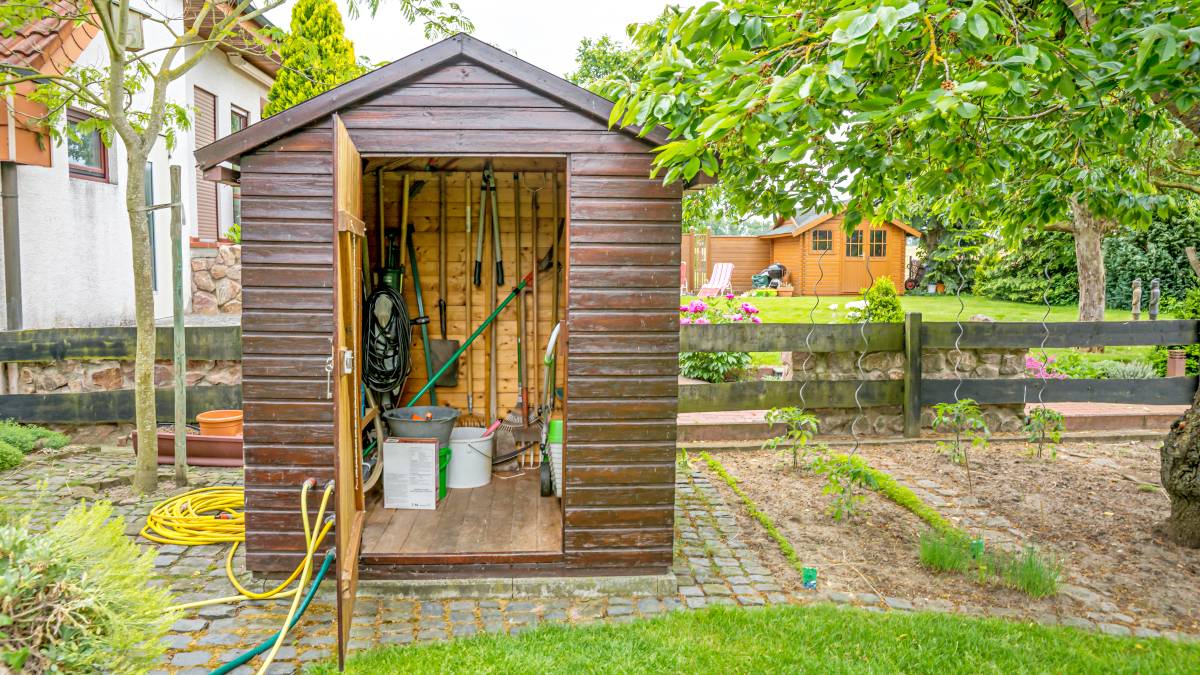
How to move a shed
Read more
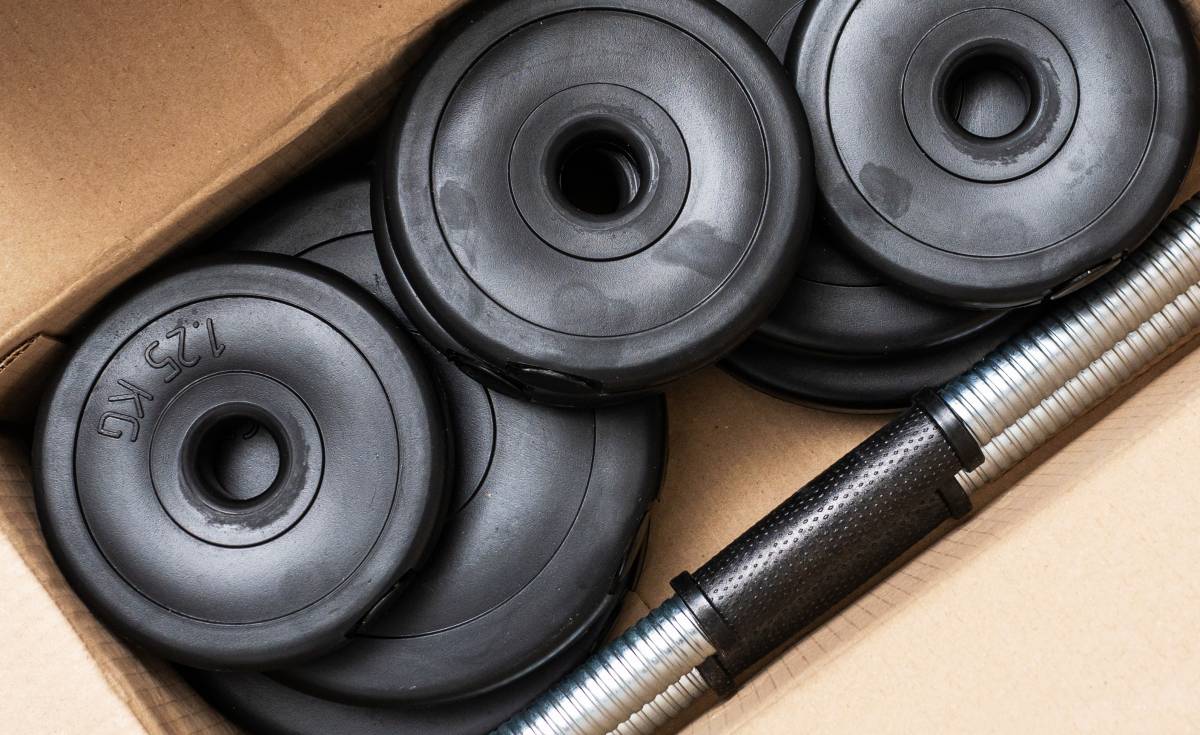
How to move gym equipment safely
Read more
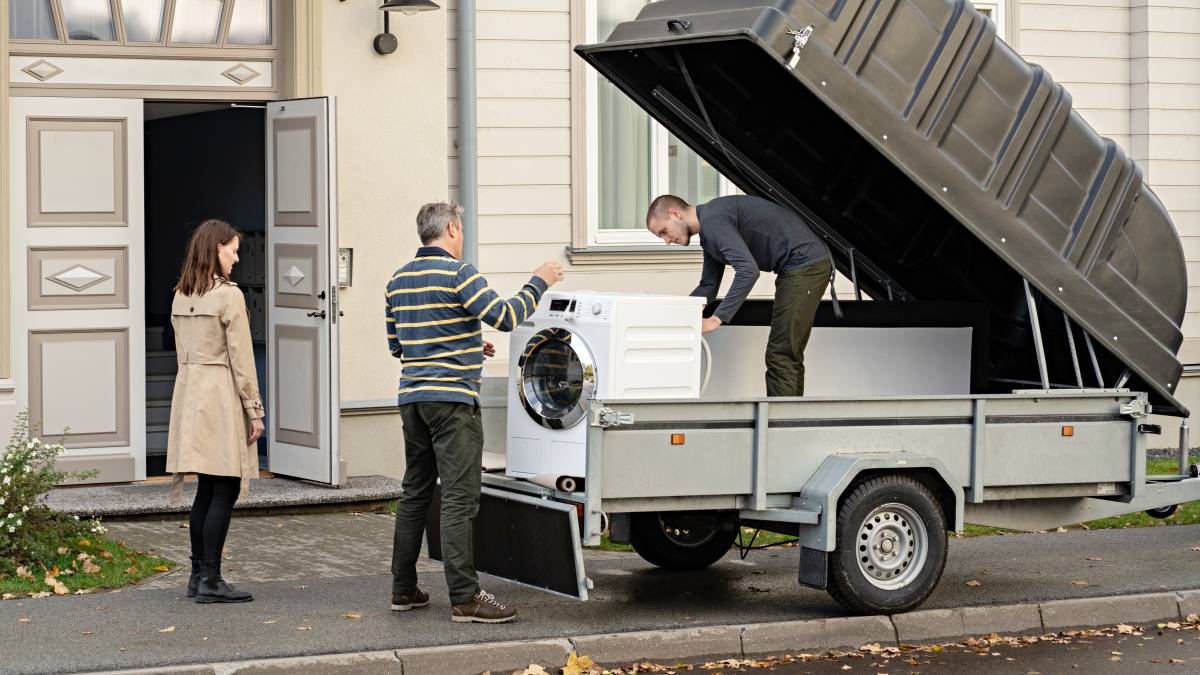
How to move a washing machine
Read more

What moving companies won’t move
Read more

How to wrap furniture for moving
Read more














